Whether you’re managing a small event or organizing security for a large corporation, ID cards are indispensable tools for identification, authentication, and access control. Our comprehensive guide on ID card templates offers valuable insights to ease your journey towards creating efficient, functional, and professional-looking ID cards. From design principles to usability concerns, we cover everything you need to know, enabling you to build the perfect ID card tailored to your specific needs.
Table of Contents
What is an ID card template?

An ID card template is a predesigned framework used for crafting identification cards. It consists of predefined areas for important details such as the cardholder’s name, photo, job title, and organization. The template can also accommodate other unique elements like barcodes, QR codes, holographic overlays, and magnetic stripes for enhanced security or functionality.
Available in a multitude of designs and formats, these templates enable consistency and efficiency in ID card production across various settings, including corporations, educational institutions, conferences, or security-oriented facilities. Utilizing an ID card template simplifies the card creation process and ensures that every piece of vital information is clearly visible and effectively communicated.
ID Card Templates
ID Card templates are preformatted designs used to create identification cards for individuals within an organization or institution. These templates help standardize the appearance and information content of ID cards, ensuring consistency and professionalism.
Available in diverse formats like graphic design software files, Word documents, or specialized ID printing software, these templates offer placeholders for essential details. Common fields include the cardholder’s name, photograph, job title or role, ID number, and organization logo. Some templates might also incorporate security features such as holograms, barcodes, or QR codes.
Organizations use ID Card templates for a variety of reasons. For businesses, they provide employees with a form of identification, granting access to office buildings or restricted areas. Schools and universities employ these templates to issue ID cards to students, staff, and faculty, aiding in campus security and access control. Government agencies and healthcare institutions utilize ID cards to verify the identities of their personnel.
Purpose of an ID Card Template
The purpose of an ID card, or Identification Card, extends far beyond simply identifying the person carrying it. This humble, pocket-sized tool carries a substantial amount of responsibility and functionality, depending on the context in which it’s used.
- Identification: At the most fundamental level, an ID card serves to identify the cardholder. It carries essential personal details like name, photograph, and often, unique identifiers like an employee or student number.
- Verification: ID cards can be used to verify the cardholder’s association with an organization, be it a business, school, government body, or membership club. It substantiates that the individual belongs to the said group or organization.
- Access Control: With the integration of technology, ID cards often serve as keys in access control systems. They can restrict or allow access to specific areas within a facility, whether it’s a residential building, office, school, or government establishment.
- Record Keeping: Modern ID cards, especially those with magnetic stripes or RFID chips, can be used to track time and attendance, library borrowing, cafeteria meal tracking, and other record-keeping tasks.
- Security: By distinguishing members from non-members, ID cards can enhance security in a facility or during an event. They also deter fraudulent activities as they provide visual proof of one’s identity and role.
- Benefits and Privileges: ID cards often serve as proof of eligibility for certain benefits or privileges. This can range from access to facilities like a gym or library, discounts at a store or restaurant, to the ability to participate in exclusive events.
- Emergency Situations: In emergencies, ID cards can provide critical information about the cardholder, such as medical conditions or emergency contacts. In corporate settings, they can help emergency responders identify individuals and their roles within the organization.
- Brand Representation: In a business context, ID cards can serve as a continuous reminder of the brand identity. They can foster a sense of community, enhance professionalism, and create a cohesive brand image.
- Networking and Social Interaction: In events or large organizations, ID cards can facilitate social interaction and networking by making names and roles visible, and in some cases, they can serve as conversation starters.
Advantages of Using a Well-Designed ID Card
A well-designed ID card serves as more than just a medium of personal identification; it’s a powerful tool that, when utilized effectively, can bolster security, streamline administrative tasks, foster community spirit, and much more.
The impact of these cards extends far beyond the surface, from the buzzing corridors of educational institutions to the high-paced atmosphere of corporate environments, and even into diverse settings like hospitals, conferences, and public transport systems.
In School:
- Improved Security: By providing a visual confirmation of who should and should not be on the premises, ID cards enhance school security. This becomes critical in identifying unauthorized individuals or potential intruders.
- Access Control: Modern ID cards can integrate with digital systems to control access to certain areas such as libraries, labs, or staff rooms, ensuring that only authorized personnel or students can enter.
- Record Keeping and Attendance: ID cards can facilitate electronic record keeping and attendance tracking. Students can check in or out by swiping their ID cards, helping monitor punctuality and school attendance patterns.
- Library Privileges: Library card functionality can be incorporated into the student ID, streamlining book borrowing and helping track due dates and fines.
- School Spirit: Well-designed ID cards featuring school colors, mascots, or logos can boost school spirit and a sense of belonging among students.
In the Office:
- Professionalism: ID cards contribute to a professional atmosphere. They can provide customers and clients with a positive impression, demonstrating organizational order and security.
- Employee Interaction: In large organizations, ID cards assist in remembering colleagues’ names and roles, promoting interpersonal relationships.
- Access Control: ID cards can limit access to sensitive areas, like server rooms or file archives, to only those employees who have been granted permission.
- Time and Attendance Tracking: ID cards can simplify the process of logging working hours. This digital tracking can reduce manual errors in payroll.
- Emergency Response: In the event of an emergency, ID cards can help emergency responders identify individuals and their roles within the organization.
In Other Environments:
- Healthcare Settings: In hospitals, ID cards allow staff to easily identify colleagues’ roles, enhance patient trust, and control access to restricted areas like operation theatres or patient records.
- Events and Conferences: ID cards can help manage attendees, give different access rights (like VIP or backstage access), and act as ice-breakers in networking scenarios.
- Public Transport: Transportation services can use ID cards as travel passes, speeding up transactions and creating a system of accountability and tracking.
- Government Agencies: In these high-security environments, ID cards can enforce security protocols, restrict access, and provide clear identification of personnel and their respective departments.
Key Components of an ID Card
An ID card, while seemingly simple, is made up of several key components that collectively ensure its effectiveness. These components contribute to the card’s primary function of identification, but they may also enhance security, ease of use, and the card’s durability. Here are the fundamental elements of an ID card:
1. Personal Information:
This typically includes the cardholder’s name and may also cover other data such as an identification number, job title, department, or the cardholder’s signature. The extent of the information may depend on the context. For instance, a company ID card might include the employee’s position and department, while a student ID card may include the course or year of study.
2. Photograph:
An essential part of any ID card is the cardholder’s photograph. It must be current and clear, allowing easy visual identification of the individual.
3. Logo and Organization Name:
The ID card often features the logo and the name of the issuing organization. This not only helps identify the cardholder’s affiliation but also enhances the card’s professionalism and aligns with the organization’s branding.
4. Design Elements:
These can include the card’s color scheme, typography, and layout. These elements should be visually pleasing but not detract from the card’s readability. Design elements can also reflect the organization’s brand colors and style, contributing to a consistent brand image.
5. Security Features:
Security elements can vary greatly depending on the level of security required. They can include holograms, watermarks, or microtext that are hard to replicate. In higher-security environments, the card may have embedded technology like RFID or smart chips, magnetic stripes, or even biometric data.
6. Barcode or QR Code:
These features can store information digitally, which can be quickly scanned and read by a machine. This information could be the same as the personal information printed on the card, or it could link to a database with more extensive data about the cardholder.
7. Expiry Date:
Not all ID cards have this, but including an expiry date can enhance security by ensuring that the card is regularly updated. It also prevents former members or employees from continuing to use their old ID cards.
8. Card Material and Finish:
The choice of material can influence the card’s durability. PVC is a common choice, but there are also composite cards, bioPVC cards, and others. The card might also have a particular finish, like a glossy or matte laminate, which can protect the card and give it a distinctive feel.
9. Additional Information:
Depending on the context, the ID card might include additional information or features. This could be emergency contact details, medical information for first aid situations, or terms and conditions of use.
Types of ID card
Identification cards come in a multitude of types, each suited to specific applications and uses. While the main purpose of identification remains constant, the level of security, access control, and data storage varies. Below are some common types of ID cards and their respective features:
Basic Photo ID Cards
The simplest form of identification, basic photo ID cards, usually contain a photograph, name, and some basic details about the cardholder. They are often used in schools, small businesses, or for visitors in a company, primarily for visual identification. Despite their simplicity, they contribute to the security and professional image of an organization.
Magnetic Stripe Cards
Magnetic stripe cards, also known as swipe cards, feature a magnetic stripe that can be encoded with a moderate amount of data. These cards are often used for access control, payment transactions, and data storage. They’re common in hotels as key cards, in businesses for timekeeping and access, and in retail for loyalty or gift cards.
Smart Cards
Smart cards are embedded with an integrated circuit (IC) chip that can process and store a significant amount of data. The chip can either be contact-based, requiring a card reader, or contactless, using RFID (Radio Frequency Identification) technology. They provide robust security and are used in applications that require data encryption, biometric identification, or large data storage. Common uses include credit cards, passports, and employee ID cards in high-security environments.
Proximity Cards
Proximity cards, or prox cards, are a type of contactless smart card that uses RFID technology. They are used primarily for access control. The card communicates with a card reader via radio waves, enabling hands-free access, which can be advantageous in environments like hospitals or warehouses.
HID Cards
HID cards, named after the manufacturer HID Global, are popular for physical access control. They come in several varieties, including HID Proximity cards and iCLASS smart cards, which offer more advanced features like data encryption and mutual authentication.
Key Fobs
Though not a card, key fobs serve a similar purpose to ID cards in access control systems. They are compact, durable, and easily attach to a keychain. They often use RFID technology to allow access and are popular for residential buildings and secure parking facilities.
Biometric Cards
Biometric cards feature advanced technology that allows them to store unique biological data, such as fingerprints or iris patterns. When a cardholder uses the card, their live biometric data is compared with the stored data for verification. This technology offers high security and is often used in government agencies, laboratories, and other high-security environments.
Dual-interface Smart Cards
Dual-interface smart cards, as the name suggests, have two interfaces: a contact interface and a contactless one. These cards can contain a large amount of data and are used in applications that require both physical and wireless interface, such as credit and debit cards.
Design Tips for ID Card and ID Badge
Creating an ID card or badge requires a balance of design elements to make it visually pleasing, easily readable, and efficient for its intended use. Here are some comprehensive design tips for creating an effective ID card or badge:
1. Plan Your Layout:
Start with a clear plan of your ID card’s layout. Consider all the necessary elements that need to be included, such as photos, text, logos, barcodes, or QR codes. Then, determine where these elements will be placed on the card. Ensure your layout is balanced and uncluttered.
2. Use High-Quality Images:
It’s important to use high-resolution, professional-quality photographs and logos on your ID cards. This enhances the overall appearance and ensures the photo can be used effectively for identification purposes.
3. Keep the Design Simple:
While you may be tempted to use a range of colors or fancy fonts, it’s best to keep your design simple. Too many different elements can make the card look cluttered and distract from its main purpose. Use clean, simple lines, and try to stick to a limited color palette.
4. Stick to a Standard Size:
Standard ID card dimensions are usually 3.375” x 2.125”. By adhering to this standard size, you ensure your ID card fits into cardholders and lanyards and can be easily handled and stored.
5. Opt for Readable Fonts:
The information on the card needs to be easily readable. Stick to clear, simple fonts, and avoid using font sizes that are too small. Also, ensure there’s a good contrast between the text color and the background.
6. Use Colors Wisely:
The colors used should not only align with your organization’s branding but also contribute to the card’s readability. Use color coding to distinguish between different groups, such as staff, visitors, and students, or different access levels.
7. Prioritize Essential Information:
The most important information, such as the cardholder’s name and photo, should be in a prominent place on the card and easy to find at a glance. Lesser important information can be placed elsewhere on the card.
8. Don’t Forget the Back:
The back of the card is useful space. It can hold additional information, a barcode or magnetic strip, terms and conditions, or emergency contact details.
9. Include Security Features:
If necessary, incorporate security elements into your design. This could be a holographic overlay, watermark, or microtext. These elements can help prevent forgery and unauthorized duplication.
10. Consider Durability:
Lastly, remember that ID cards are frequently used items. Design them to be durable by choosing a strong material and possibly adding a protective layer or laminate.
FAQs
How do I obtain an ID card?
The process of obtaining an ID card varies depending on your country and local regulations. Typically, you need to visit a designated government office, such as the Department of Motor Vehicles (DMV), and provide proof of your identity, residence, and other required documents. You may also need to pay a fee.
Can I create my own ID card template?
It is not advisable to create your own ID card template, as official identification documents are typically produced by government agencies or authorized organizations. Creating a fake ID card or using an unauthorized template can be illegal and can result in severe consequences.
Can I modify an existing ID card template?
Modifying an existing ID card template without proper authorization is generally illegal and can lead to serious legal consequences. It is important to respect the integrity of official identification documents and refrain from tampering with them.
What should I do if I lose my ID card?
If you lose your ID card, you should report the loss to the relevant authorities as soon as possible. Contact your local police department or the agency that issued the ID card to inform them about the loss. They will provide guidance on the necessary steps to replace your lost ID card.
How long is an ID card valid?
The validity of an ID card varies depending on the country and the type of ID card. In many cases, ID cards are valid for several years before they need to be renewed. It is important to check with the issuing authority to determine the specific validity period for your ID card.
Can an ID card be used as a travel document?
Generally, an ID card is not considered a valid travel document for international travel. For international trips, a passport is usually required. However, some countries or regions may have agreements that allow certain national ID cards to be used for travel within a specific region or for entry to neighboring countries. It is essential to check the travel requirements and regulations of your intended destination beforehand.
Can I use a photocopy of my ID card instead of the original?
In most cases, photocopies of ID cards are not considered valid forms of identification. Official establishments and authorities usually require the original ID card to ensure its authenticity and prevent fraud. It is best to carry the original ID card whenever identification is required.
What should I do if there is a mistake or outdated information on my ID card?
If there is a mistake or outdated information on your ID card, you should contact the issuing authority or agency responsible for ID card issuance. They will provide guidance on the necessary steps to correct the error or update the information on your card.
Can I laminate my ID card?
It is generally not recommended to laminate your ID card. Lamination can make it difficult to verify the authenticity of the card and may cause issues when it needs to be scanned or read electronically. It is best to keep your ID card in a protective sleeve or holder to prevent damage without laminating it.



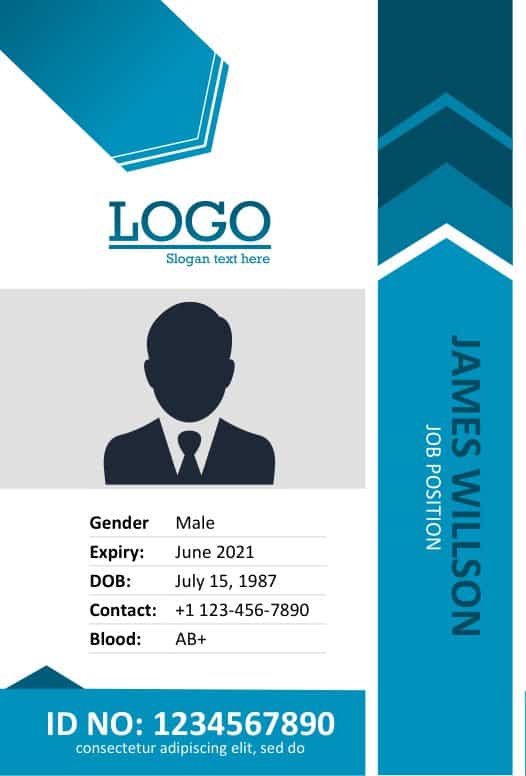











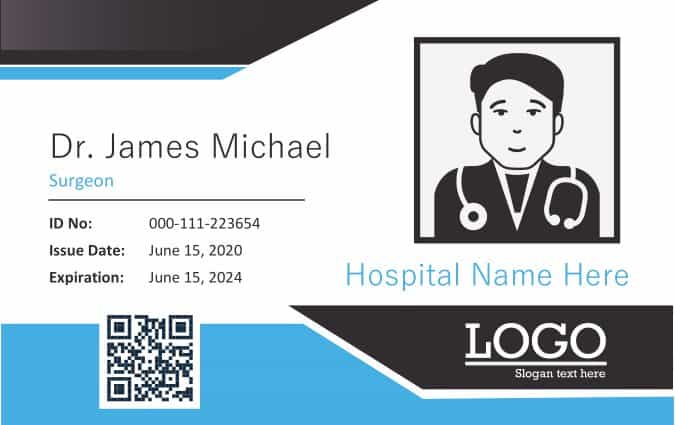


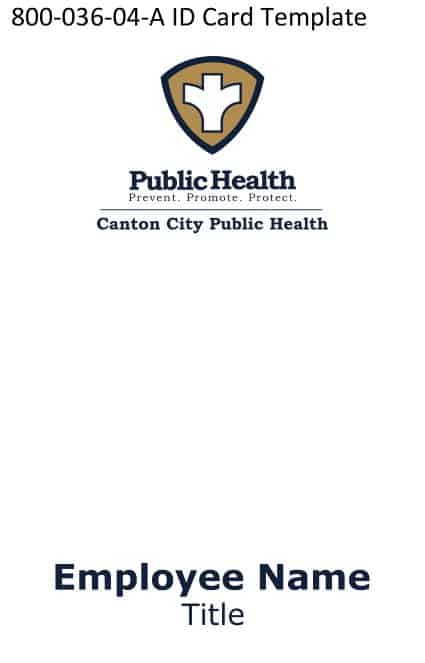

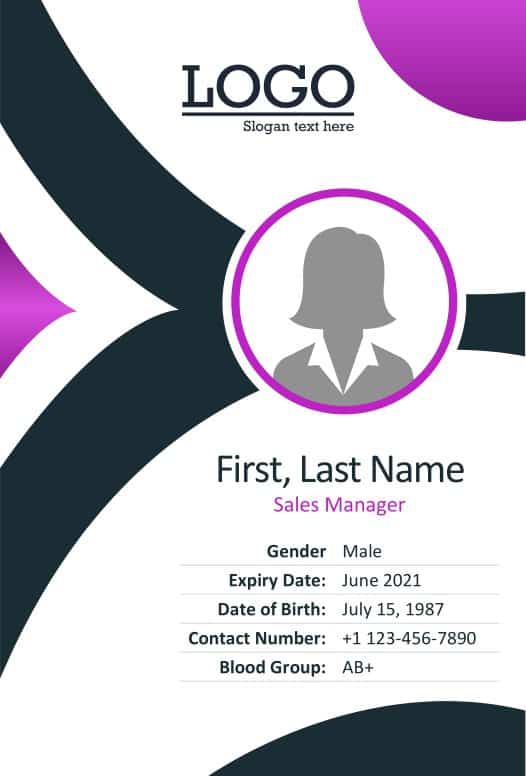





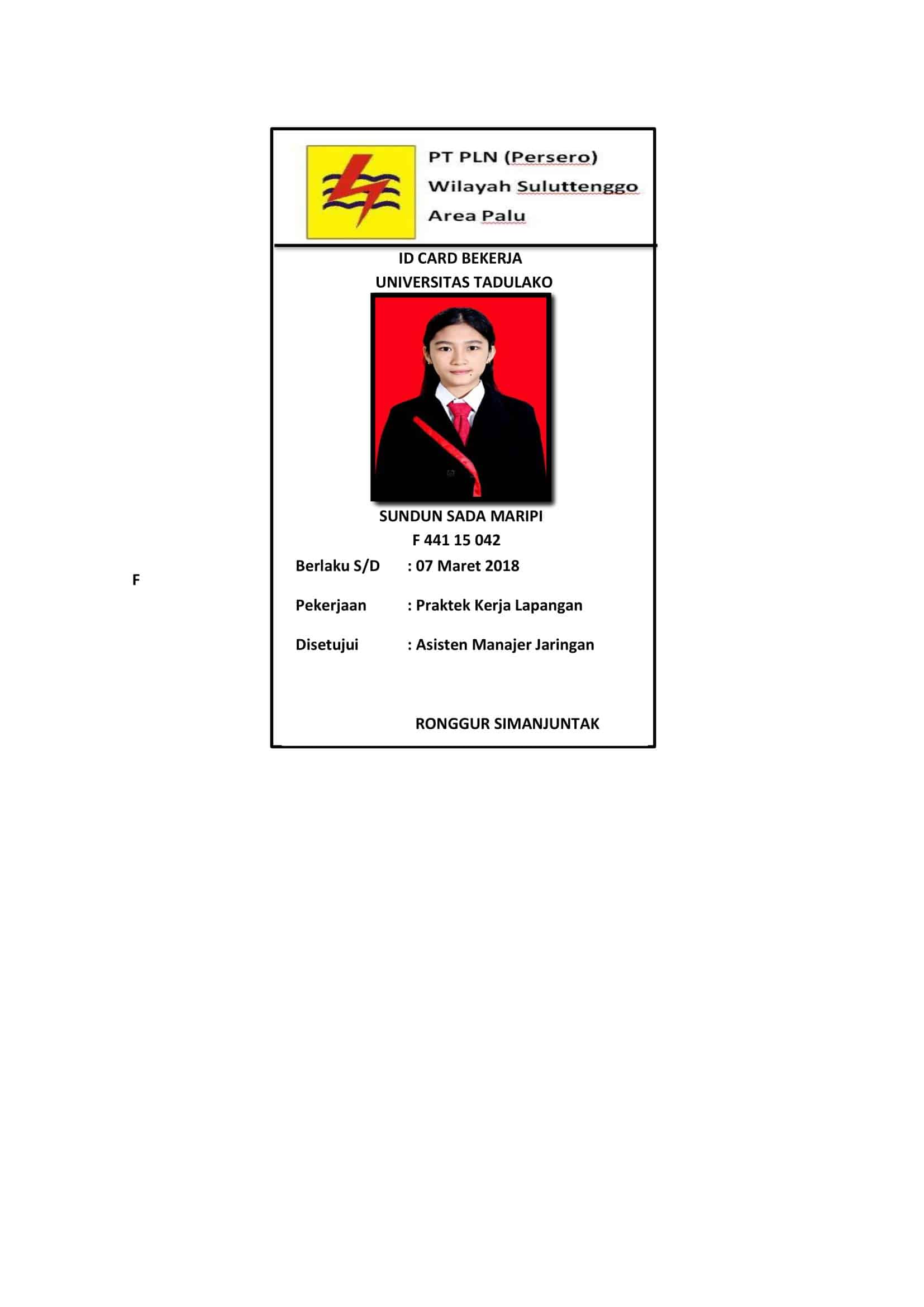

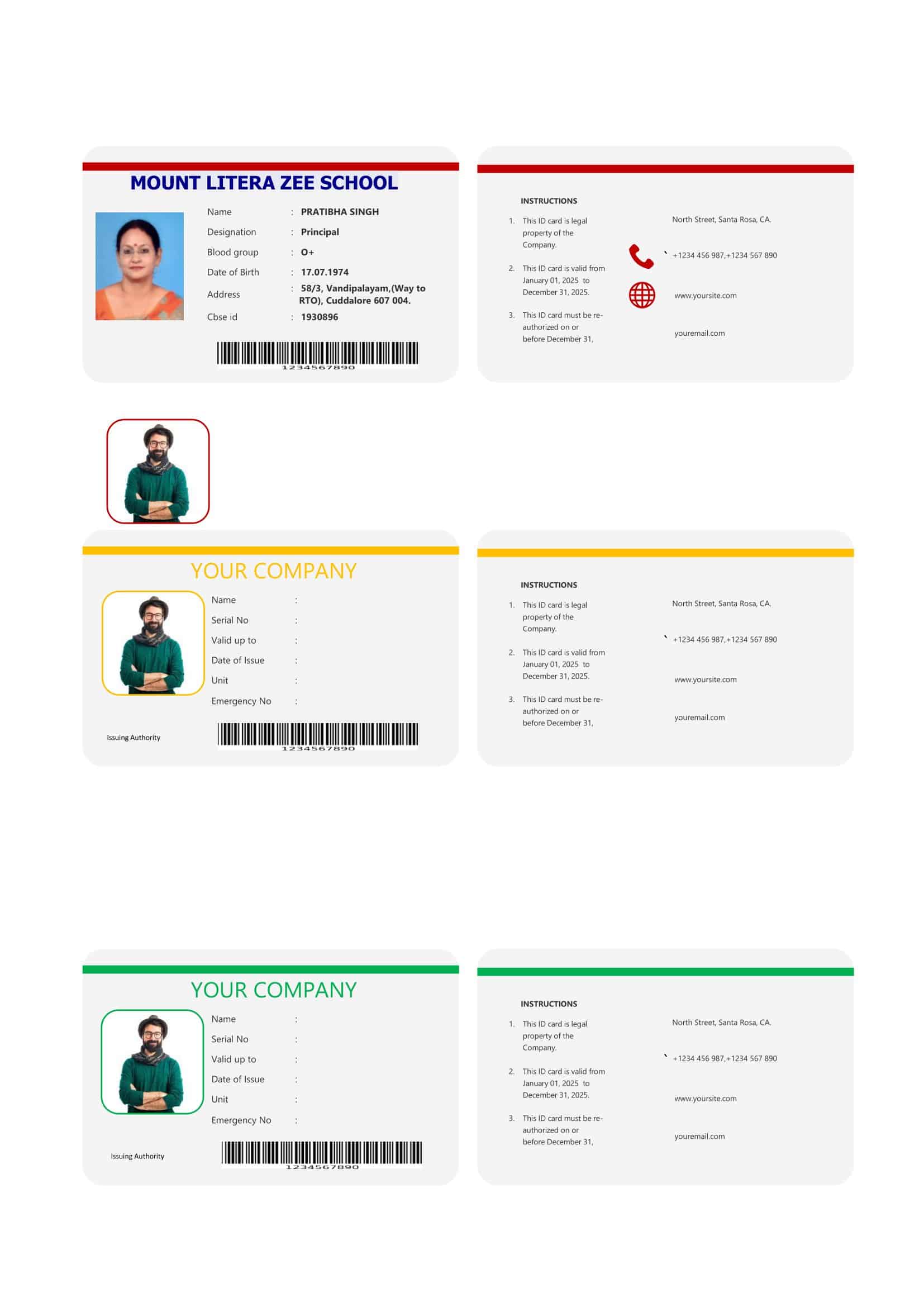


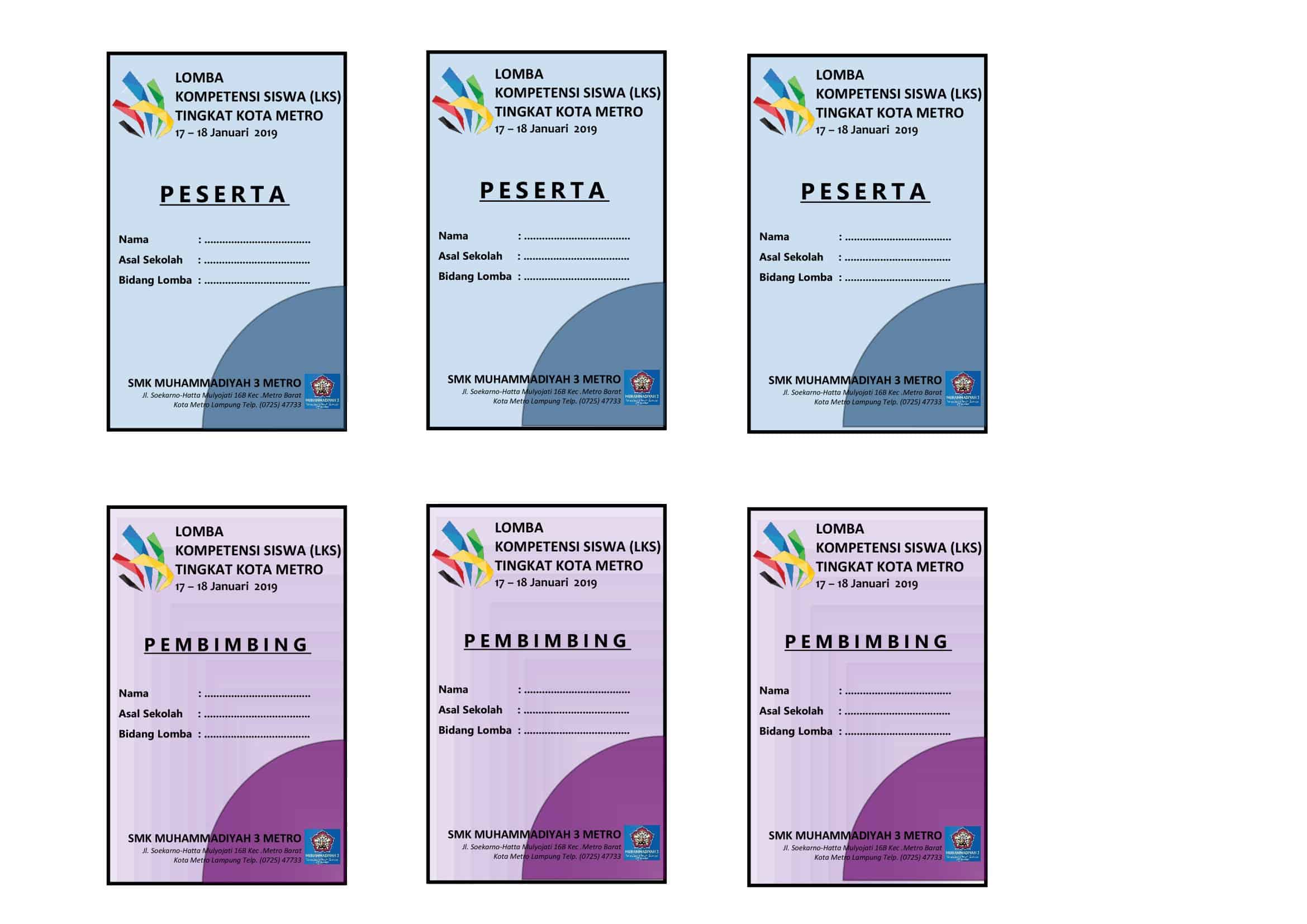

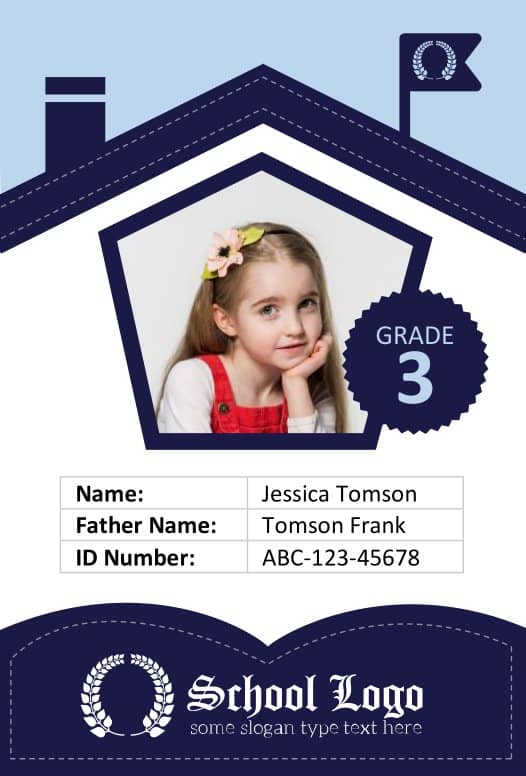



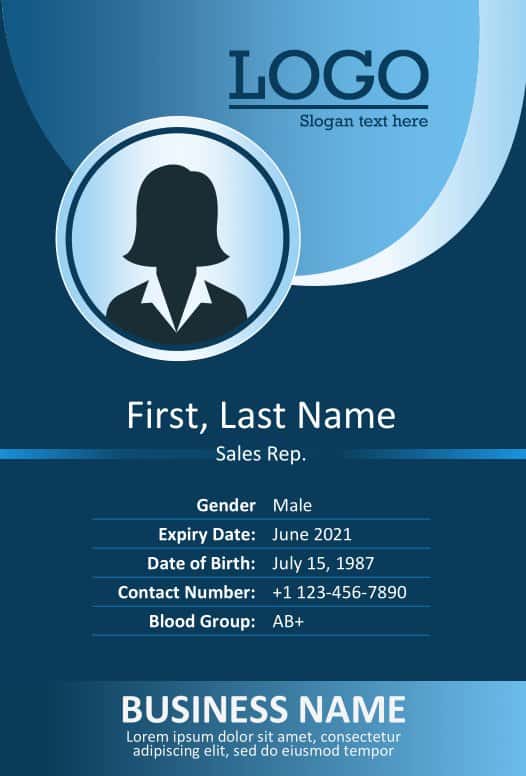


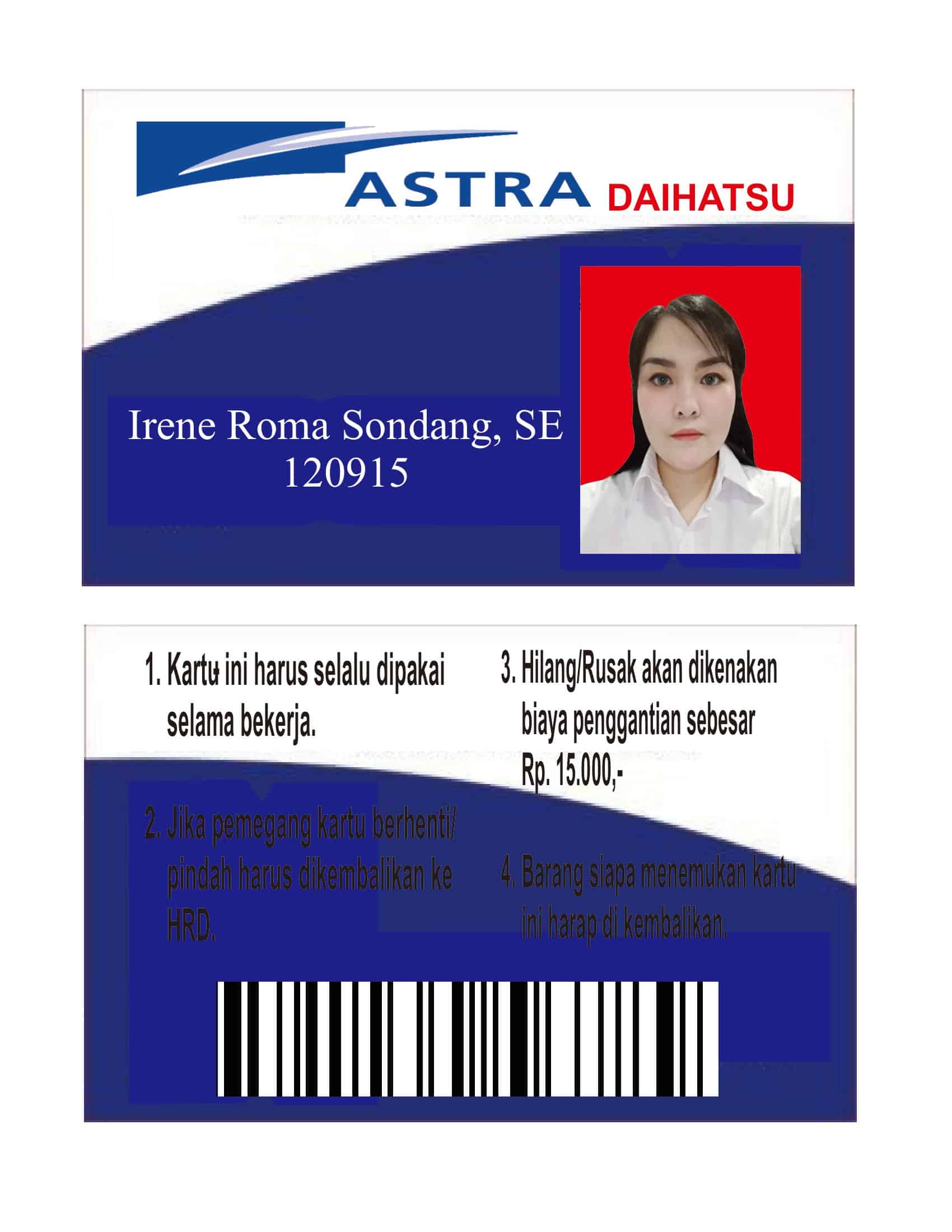


![Free Printable Roommate Agreement Templates [Word, PDF] 1 Roommate Agreement](https://www.typecalendar.com/wp-content/uploads/2023/06/Roommate-Agreement-150x150.jpg)
![Free Printable Credit Card Authorization Form Templates [PDF, Word, Excel] 2 Credit Card Authorization Form](https://www.typecalendar.com/wp-content/uploads/2023/06/Credit-Card-Authorization-Form-150x150.jpg)
![Free Printable Stock Ledger Templates [Excel,PDF, Word] 3 Stock Ledger](https://www.typecalendar.com/wp-content/uploads/2023/08/Stock-Ledger-150x150.jpg)
